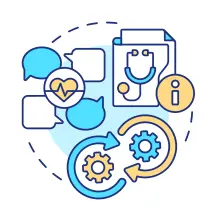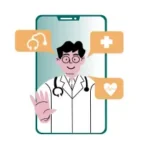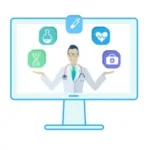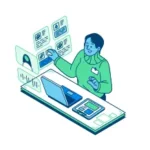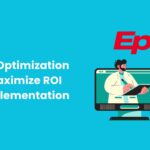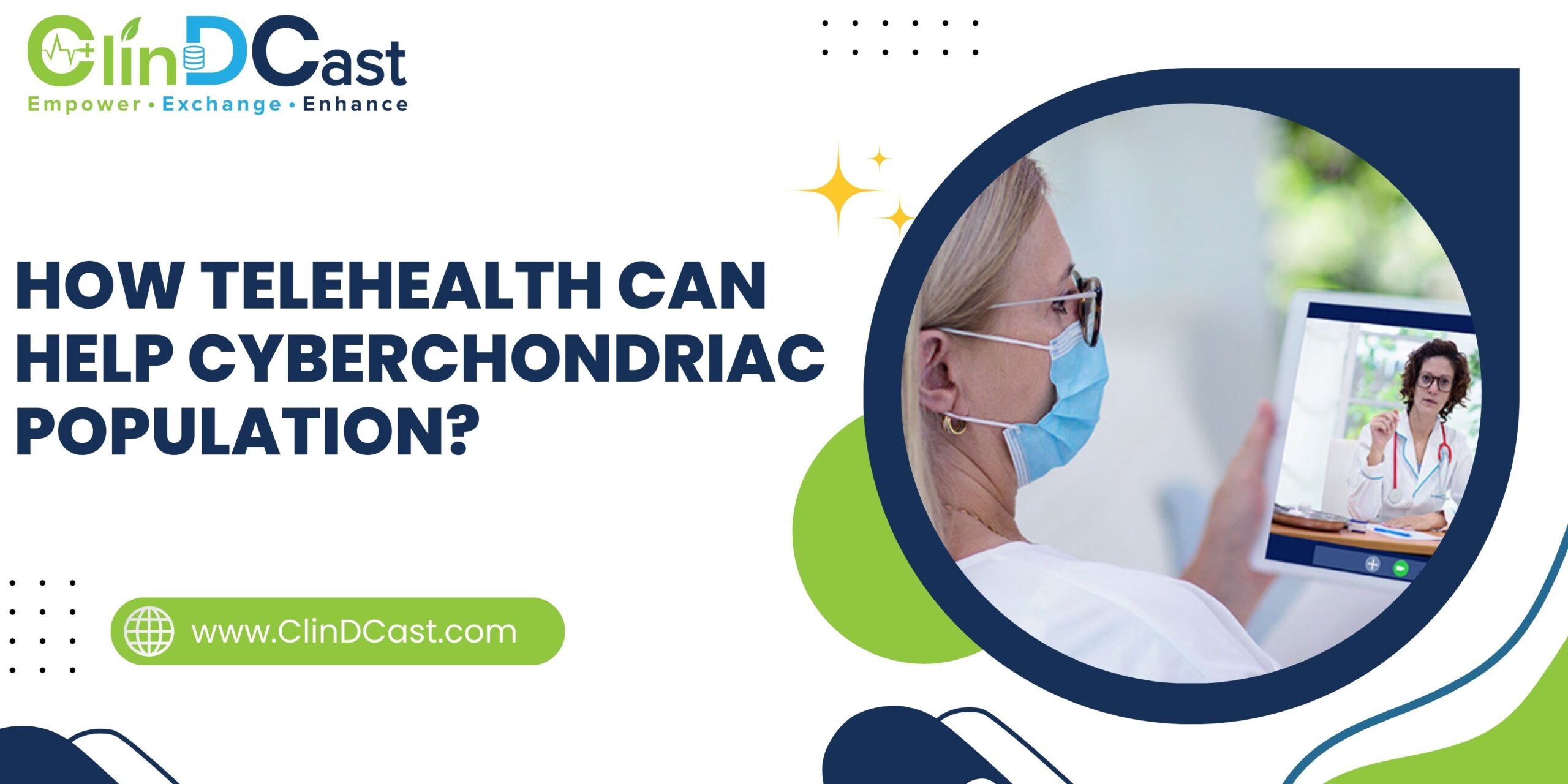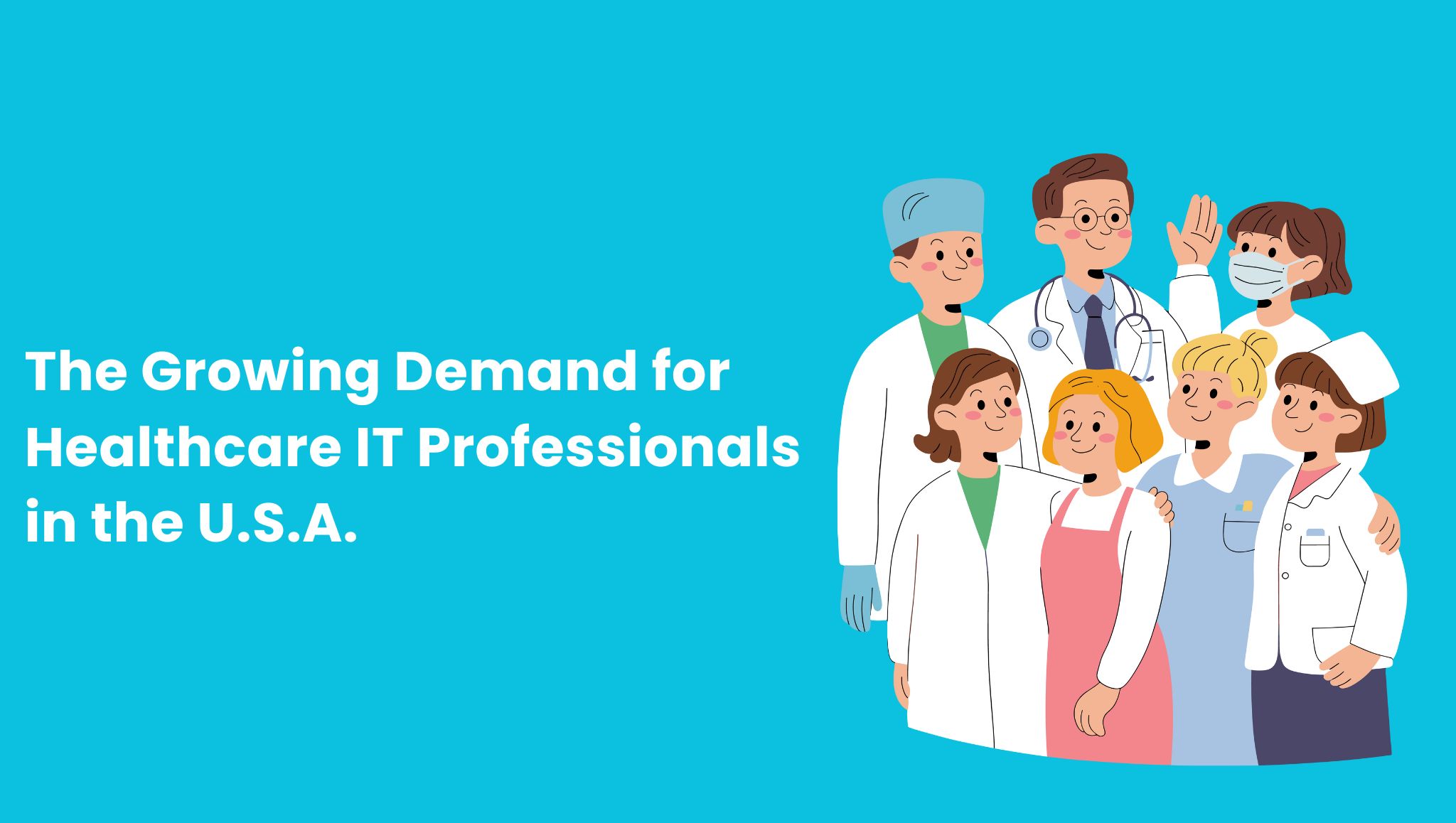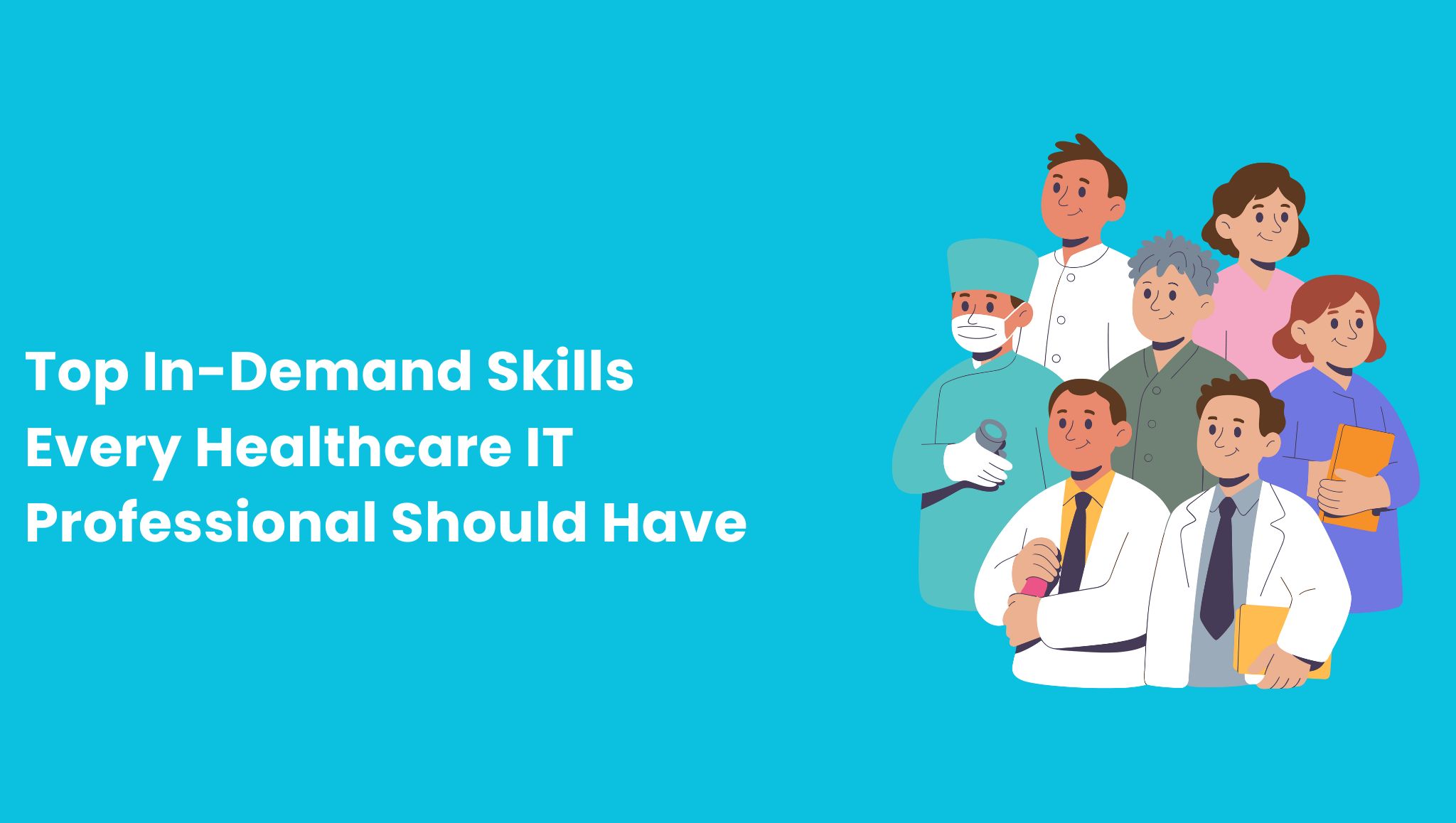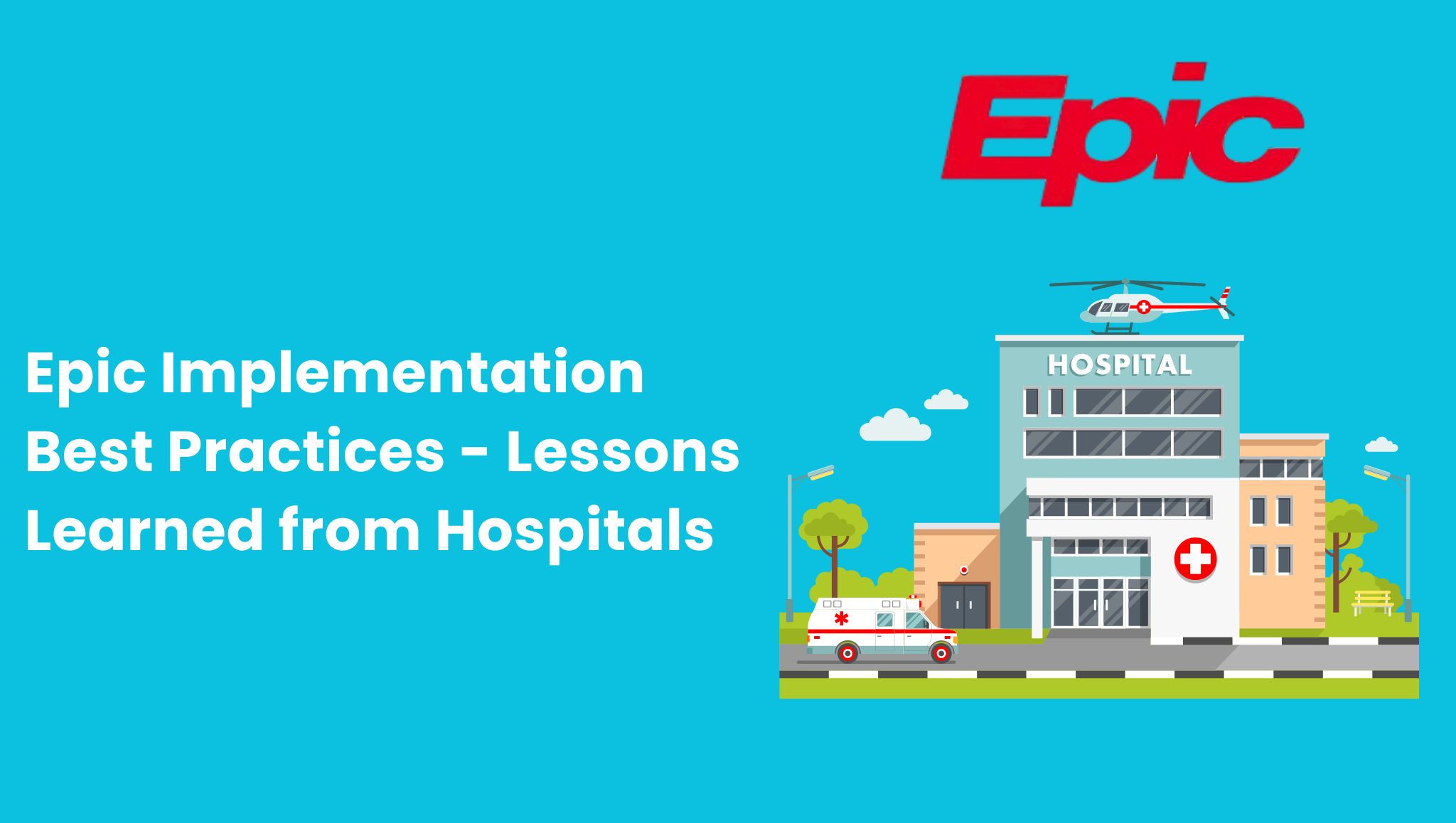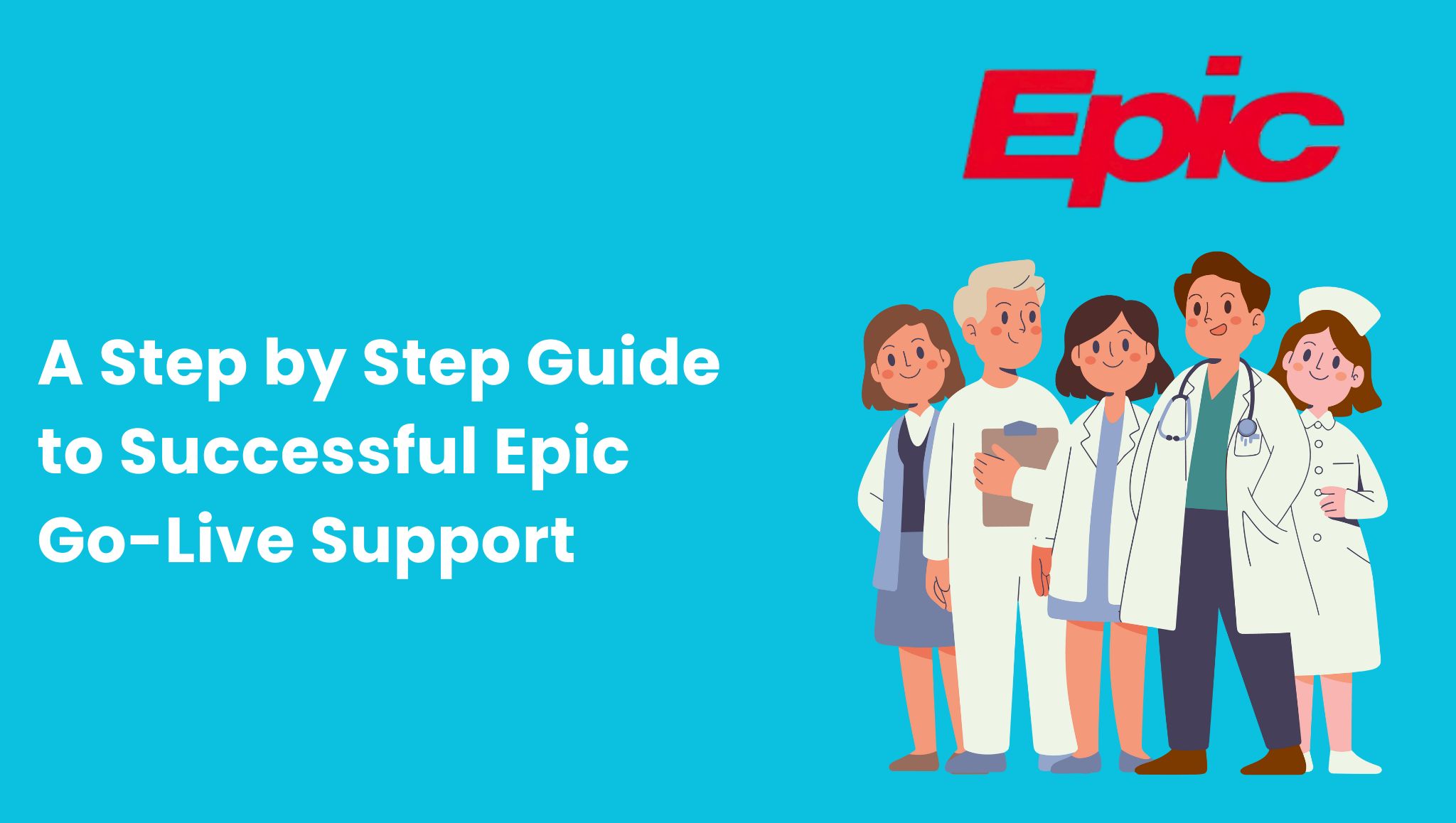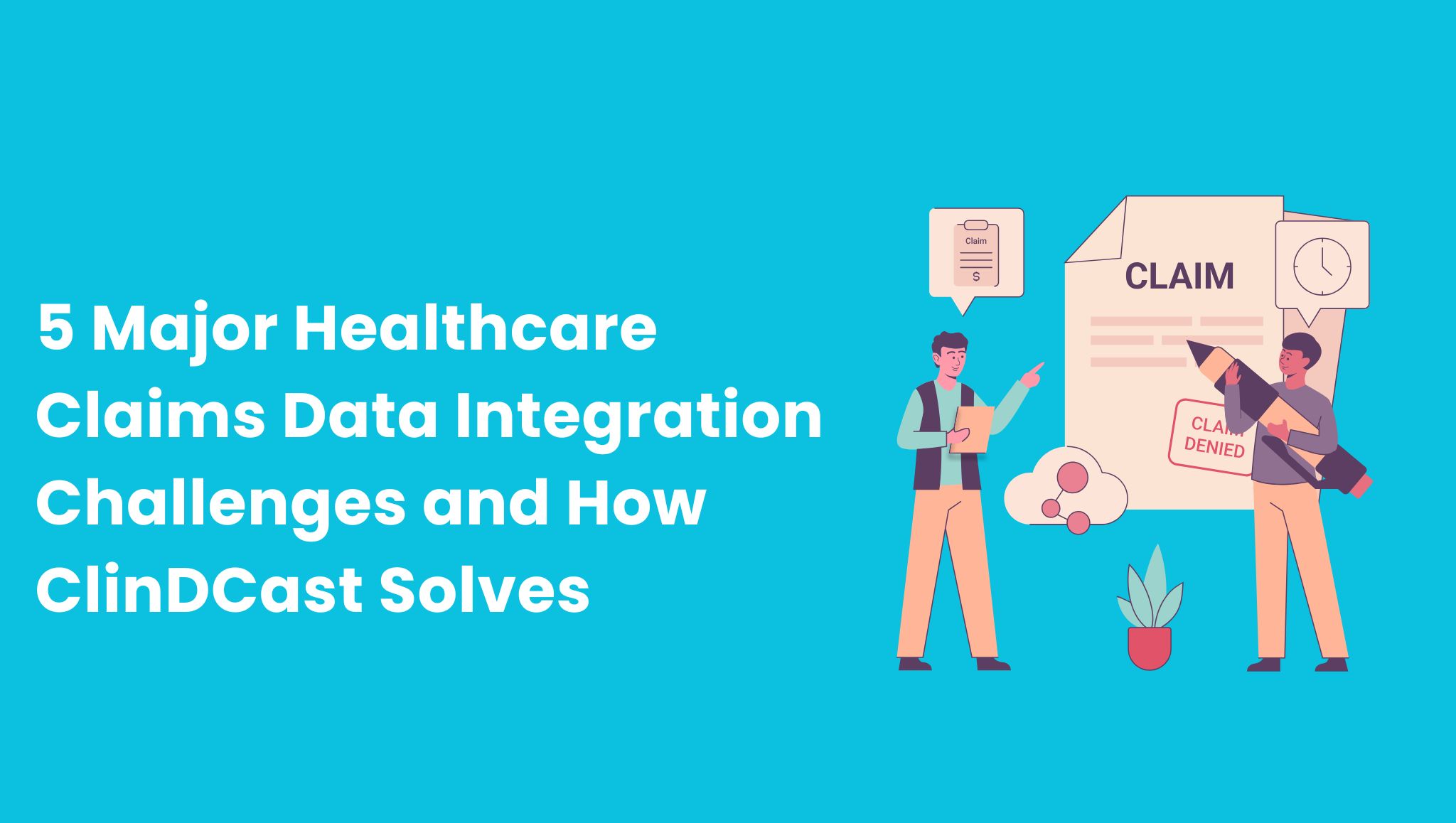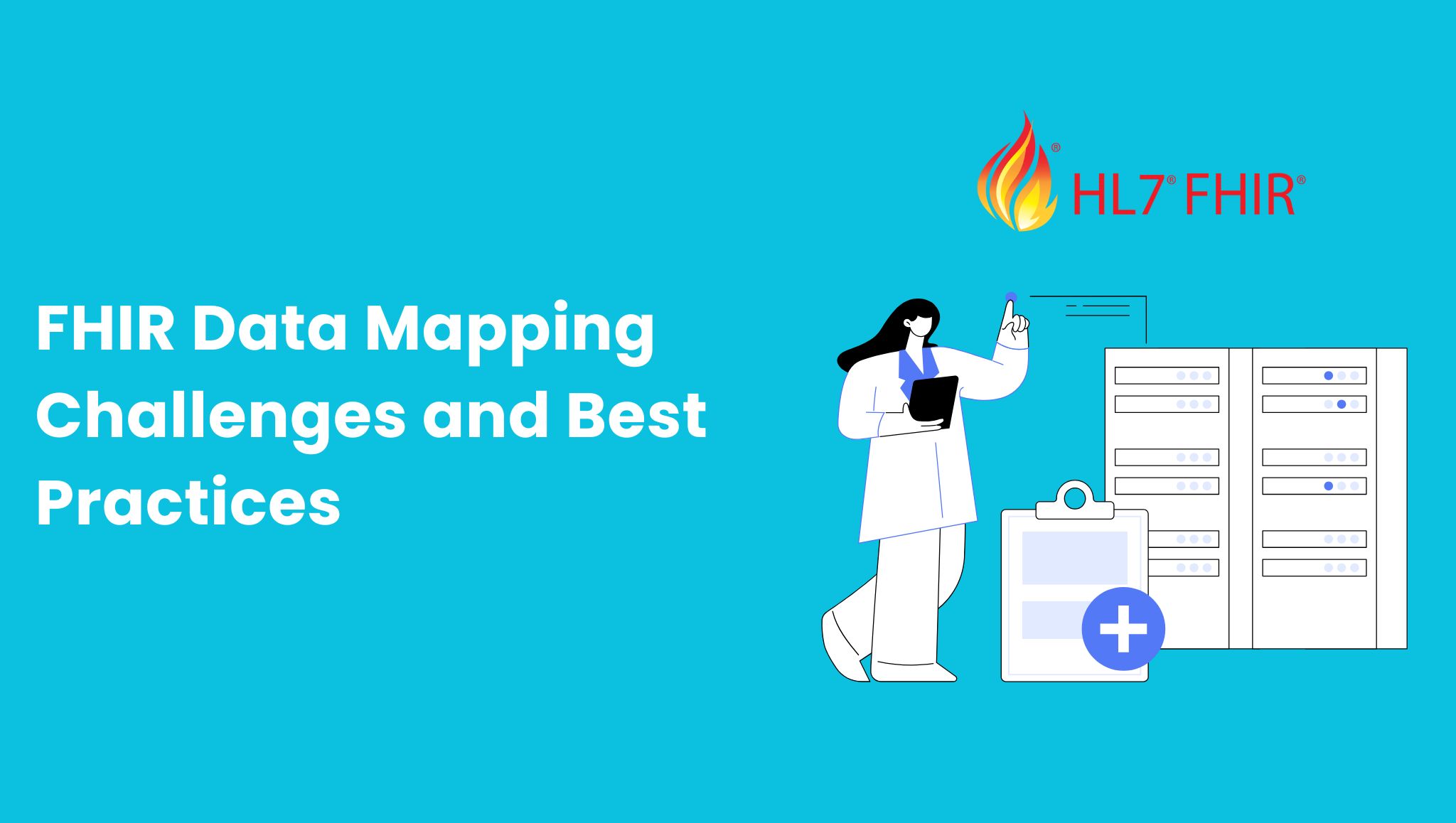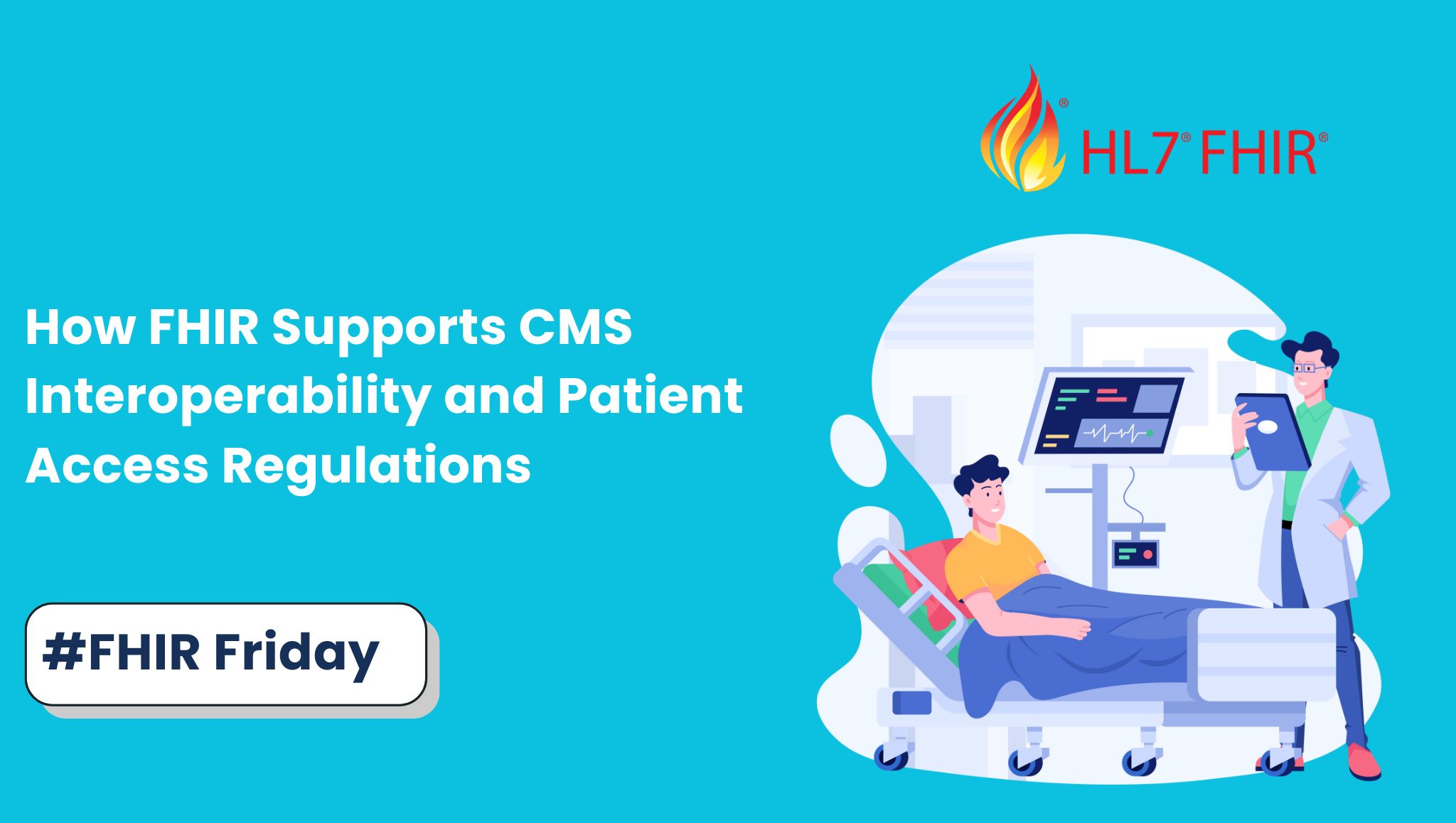
The Centers for Medicare & Medicaid Services (CMS) Interoperability and Patient Access Final Rule (CMS-9115-F) has transformed how healthcare data is shared in the U.S. This landmark policy requires healthcare payers and providers to give patients, providers, and approved third-party apps secure, standardized, and real-time access to health information.
At the heart of this transformation lies FHIR (Fast Healthcare Interoperability Resources) — the HL7® standard that provides the framework and APIs to make this vision possible. This article dives deep into How FHIR Supports CMS Interoperability and Patient Access Regulations its technical role and real-world implications for healthcare organizations.
2. The CMS Interoperability and Patient Access Rule — A Quick Recap
CMS introduced this rule in March 2020 to break down data silos and give patients more control over their health information. It mainly applies to Medicare Advantage (MA) organizations, Medicaid Fee-for-Service programs, Medicaid managed care plans, the Children’s Health Insurance Program (CHIP), and Qualified Health Plan issuers on the Federally-facilitated Exchanges.
Key Requirements:
a) Patient Access API — Health plans are required to give members electronic access to their claims, encounter details, and clinical data through an API.
b) Provider Directory API — Public access to provider directories, updated at least every 30 days.
c) Payer-to-Payer Data Exchange — Health plans must share patient data with other payers upon request, starting with plan years beginning Jan 1, 2022.
d) Admission, Discharge, and Transfer (ADT) Notifications — Hospitals must send real-time notifications to other care team members.
While the rules themselves are technology-agnostic, FHIR was chosen as the standard for implementing the APIs.
3. Why FHIR Is Central to CMS Compliance
FHIR was not an accidental choice; CMS intentionally aligned with HL7® FHIR Release 4 (R4) because it:
a) Uses a RESTful API approach familiar to modern developers.
b) Supports JSON and XML formats for easy consumption.
c) Provides standardized resources for patients, providers, claims, and clinical data.
d) Enables SMART on FHIR authentication for secure, OAuth 2.0–based access.
Bottom line: FHIR bridges the gap between regulatory intent and technical execution.
4. FHIR in Action — Mapping CMS Requirements to FHIR Solutions
Patient Access API
a) FHIR Resources Used: Patient, Coverage, ExplanationOfBenefit, Claim, Encounter, Observation, MedicationRequest, AllergyIntolerance, Condition.
b) Implementation Guide: CARIN Blue Button® IG for claims and financial data, US Core IG for clinical data.
c) How It Works: Members access their information through a third-party app authorized via SMART on FHIR. The app connects to the payer’s FHIR API, which returns standardized resources in JSON format, allowing developers to present clear and usable health histories.
Provider Directory API
a) FHIR Resources Used: Practitioner, PractitionerRole, Organization, Location.
b) Implementation Guide: HL7 Da Vinci PDex Plan Net IG.
c) How It Works: The directory is available through an open FHIR API, allowing apps and websites to search for providers by specialty, location, and network participation. This helps patients quickly find in-network providers.
Payer-to-Payer Data Exchange
a) FHIR Resources Used: Same as Patient Access API.
b) Implementation Guide: HL7 Da Vinci Payer Data Exchange (PDex) IG.
c) How It Works: With the patient’s consent, the current payer uses FHIR to share their complete health data with the new payer. This ensures continuity of care when patients change plans.
ADT Event Notifications
a) FHIR Resources Used: Encounter, Patient, Location, Organization.
b) Implementation Guide: HL7® FHIR® Subscription Framework.
c) How It Works: When an ADT event occurs, the hospital’s EHR triggers a FHIR Subscription notification. This alert is securely sent to primary care physicians, post-acute providers, and care coordinators.
5. Security & Privacy — HIPAA Alignment via FHIR
CMS rules require strict HIPAA compliance. FHIR supports this with:
a) SMART on FHIR standardized OAuth 2.0 and OpenID Connect authentication.
b) Scope-based access control (e.g., patient/*.read).
c) AuditEvent resource for logging and monitoring API access.
This ensures patient data is shared securely while enabling patient choice of apps and services.
6. Implementation Challenges and How to Overcome Them
a) Data mapping complexity: Legacy HL7 v2 and CDA data don’t match FHIR’s structure. The solution is to use ETL pipelines and mapping tools, such as the HL7 FHIR Converter.
b) API performance: Large datasets can slow response times. The fix is to use pagination and the Bulk FHIR API.
c) Consent management: Tracking patient authorizations can be complex. The solution is to use the FHIR Consent resource along with clear policies.
d) Vendor readiness: EHR and payer systems might not be fully FHIR-compliant. The solution is to use a phased rollout and implement FHIR façade layers.
7. Real-World Impact
a) In 2021, Blue Cross NC rolled out a FHIR-based Patient Access API, allowing members to view their claims data within minutes through third-party apps.
b) Humana adopted FHIR for payer-to-payer data exchange, enhancing care continuity for Medicare Advantage members who switch plans.
c) Mayo Clinic used FHIR subscriptions for ADT alerts, helping reduce readmissions by enabling faster care coordination.
8. Future Outlook — Beyond Compliance
Although many organizations view the CMS rules as a compliance burden, adopting FHIR creates new opportunities:
a) Patient engagement apps that extend beyond claims data to include wearables and remote monitoring.
b) Value-based care analytics using bulk FHIR data.
c) AI-driven insights from structured, standardized data.
FHIR is not just a regulatory checkbox — it’s a strategic enabler for digital health innovation.
Conclusion
The CMS interoperability and patient access rules are designed to place patients at the center of their healthcare journey. FHIR serves as the backbone that makes this possible, enabling standardized, secure, API-driven data exchange across the U.S. healthcare system.
For healthcare payers and providers, adopting FHIR isn’t just about compliance it’s about developing the capabilities needed to thrive in a more connected, patient-centered future.

